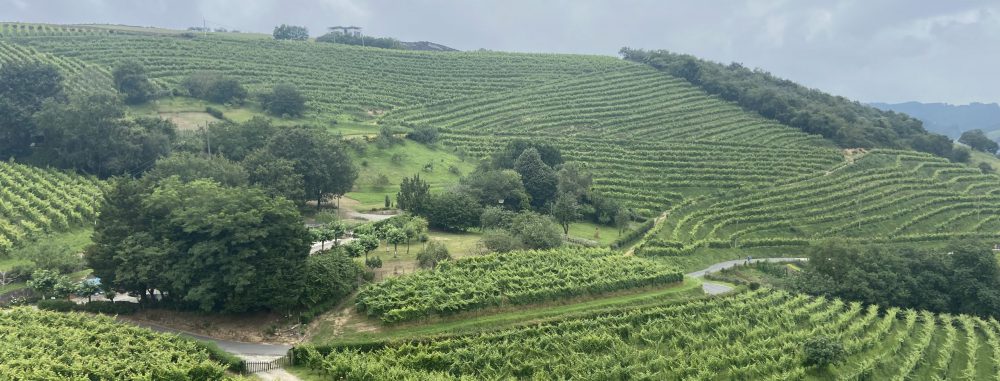Beginning
I was very excited to visit San Sebastián with the university. I’ve heard about this program for four years now and even had the great fortune of studying abroad in Madrid with the Honors College in 2023. I’ve seen so many beautiful pictures of this city and so many videos of the Basque culture and its world-class food. My three goals for this trip were to 1. Try new food, 2. Improve my Spanish, and 3. Live like a local in the city and learn more about Basque life. As someone who will be (hopefully) graduating next May, I wanted to give myself a challenge and a unique adventure for this final free summer.
As of the time of this post, my classmates from session 2 and I have experienced 4 full days in this city. I could write you a book about all the things we did so far (beaches, hiking, exploring the city, pintxos, wine tasting, nightlife, etc) but I will condense this post into the main points (this post is still going to be long) that should hopefully make any reader want to book a flight here immediately, or at least want to learn more about the Basque way of life.
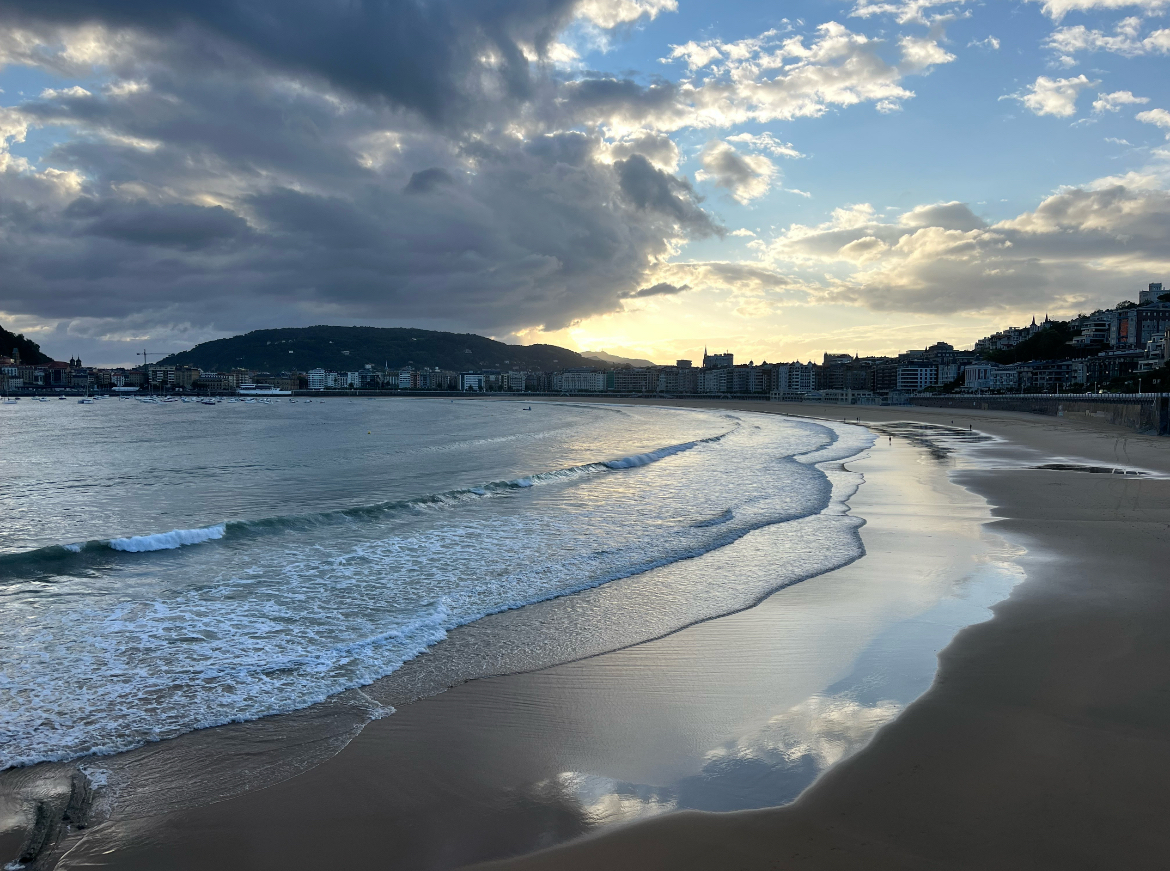
Lacunza
On our first full day in San Sebastián, all of us UML students either walked or took the bus to the Lacunza school in the neighborhood of El Centro (you can also bike, but rentals were not made available to us yet). We all took an oral exam and received an orientation before being placed into our respective class levels. I ended up in an intermediate course (probably at a B1 but we are not told which exactly by the school) with other students from session 1 and with people of all ages from across Europe. I have been there for 3 days now with approximately 12 hours of class time. We are primarily speaking and collaborating together to learn the grammar and grow as speakers. It is difficult and I have stumbled many times but ultimately, that is part of the challenge of language learning. I am incredibly grateful to seize this opportunity. In just 4 days I have had the chance to practice Spanish speaking with students, people in bars/restaurants, and even in conversations with people on the street.
Walking Tour
After the first day of classes, the session 2 students went on a walking tour of the city with Professor Zabalbeascoa. We began in the neighborhood of El Centro by a famous bar called “Casa Valles” (allegedly home of the first pintxos, but this claim has likely been debunked by Marti Buckley). We walked through the city while Professor Z told us about the history. We visited the “Cathedral of the Good Shepard”, the city’s coastline, and even ventured into the Old Town.
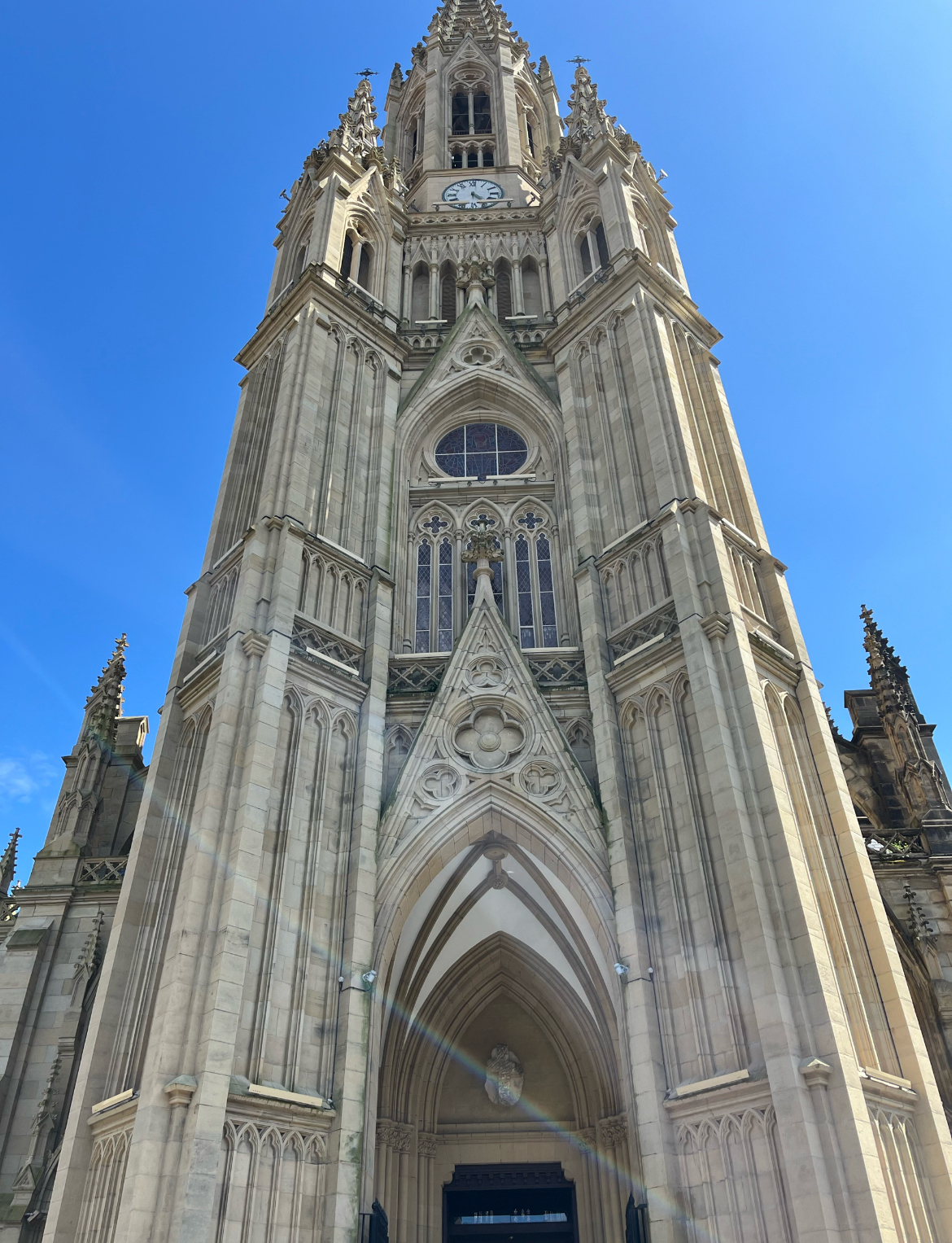
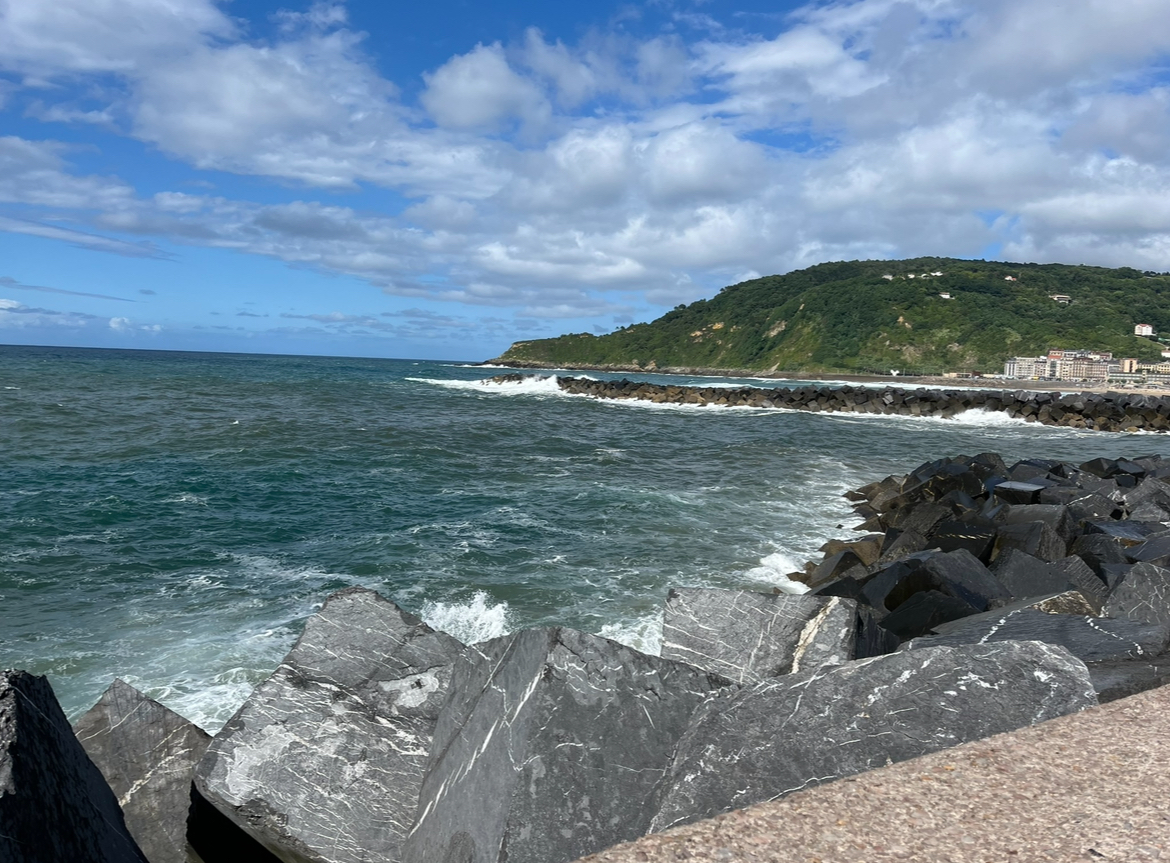
The site we visited that best summarizes Basque culture in this blog entry is “August 31st street” in the old town, named for the same day in 1813 where Napoleon’s French army destroyed most of the city in an unsuccessful fight for territory against the Basques. When the dust settled, only this street remained untouched. When you visit San Sebastián, you will be met with a deluge of Basque flags and Basque pride in their language of Euskara and their food. They are a group of people who have been persecuted for centuries by grand empires and dictatorships like Franco’s in the mid-20th century. Even through all their tribulations, the Basque people thrive. Today, as I walk through the city, I see their culture through the colorful dishes in the windows of bars, through the road signage in the city primarily written in Euskara, and in the ocean where you see sailboats and rowers on the Bay of Biscay (the Basque were known throughout the world to be expert whalers and fishermen for centuries).


Basque “Euskara” Lesson
All of us in sessions 1 and 2 were treated to a Basque lesson by Professor Z’s friend Stuart. He’s a Scottish man who has lived in San Sebastián for over 30 years, and has picked up some Euskara along the way. It was really helpful to see these words written and hear their pronunciation. I have tried to use some of these words as much during conversations at stores and restaurants. Here are a few words which in my opinion will help you integrate better with Basque life:
Kaixo (Kai-show) = Hello
Egun On (Eh-goon-On) = Good morning
Eskerrik Asko (Eh-scare-reek-casko) = Thank you
Mesedez (Meh-sed-dez) = Please
Agur (Ah-gurr) = Goodbye
Food
The last thing I will write about is food. It’s no secret if you are enrolled in this study abroad or learning about San Sebastián and its surrounding neighborhoods that food is an incredibly important part of the culture. San Sebastián has the most Michelin star restaurants per capital. They pride themselves on creating extravagant dishes with fresh ingredients. They are home to the pintxo, which are little bites of food served at bars/restaurants (as the Professor says, every bar in San Sebastián is a restaurant and every restaurant is a bar). Food eating is a very social activity throughout San Sebastián and the rest of Spain. Locals and tourists alike who flock to the city’s center are encouraged to hop from bar to bar to try new dishes and chat amongst one another. Local Basques even have exclusive societies where they cook and chat together amongst friends. The first pintxo I got to try was at a famous bar called “La Espiga” near the Lacunza school (shoutout Paige from session 1 for being my tour guide). We got some “Gildas” and the “Delicias” which were incredible. The flavors were unlike anything I’ve tried before and I can probably say the Delicias were one of the most delicious things I’ve ever tasted. I came on this study abroad hoping to expand my palate and I am happy I have gotten the chance to do so thus far.
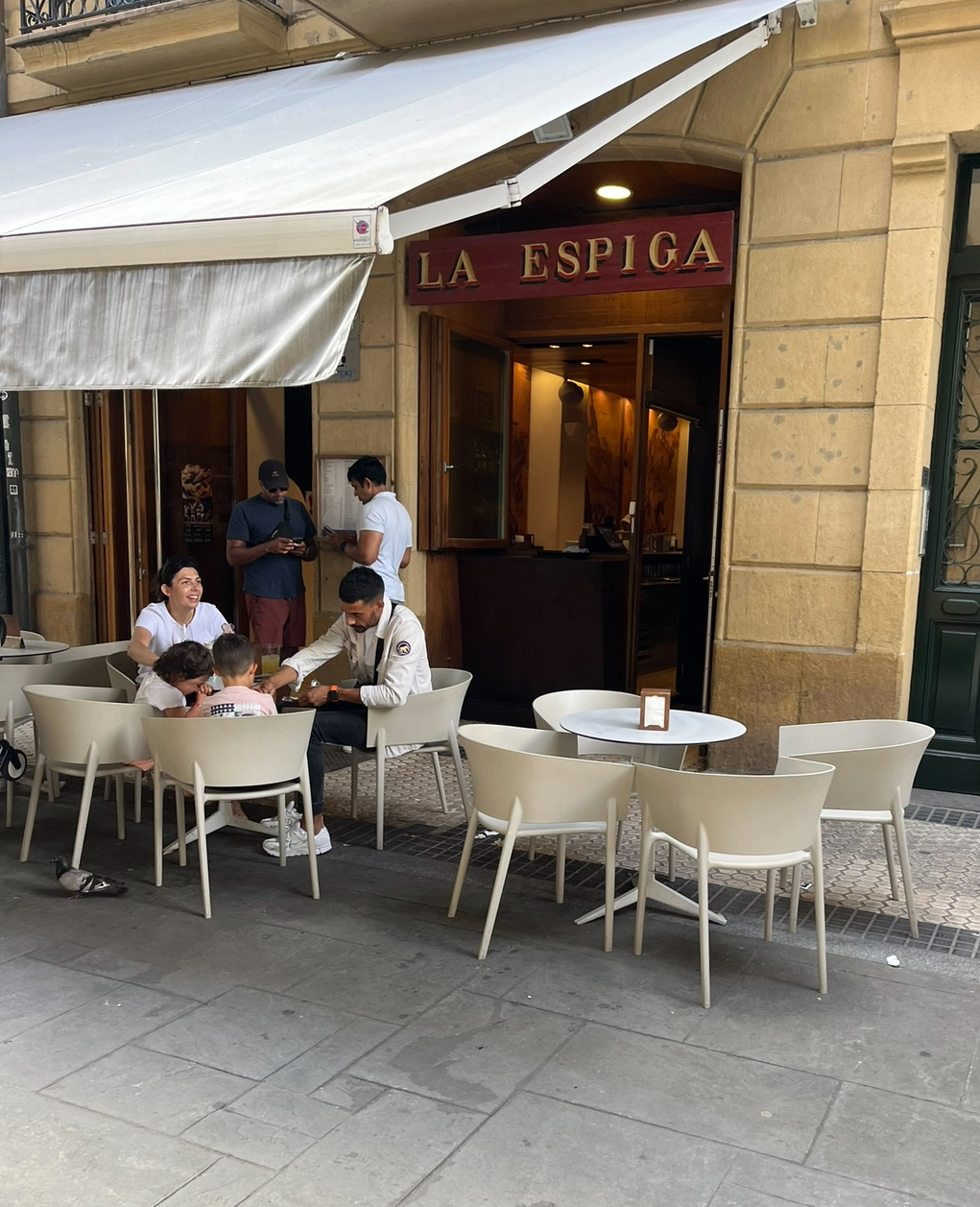
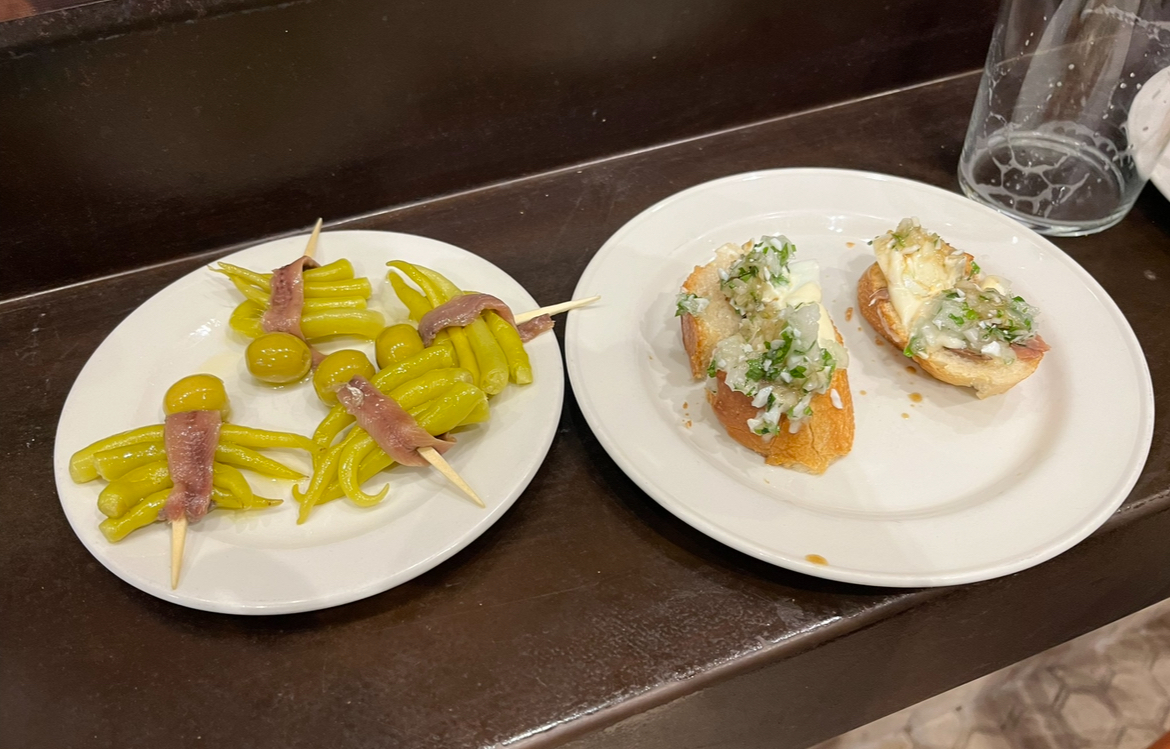
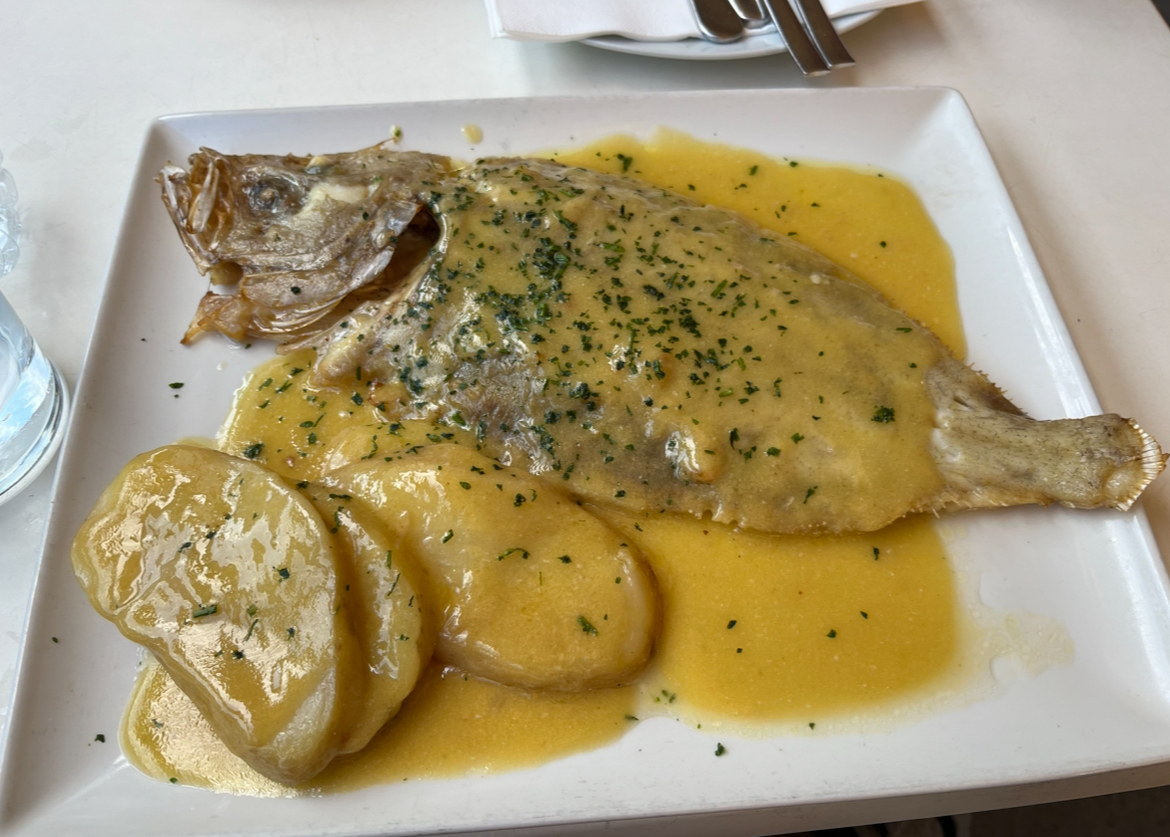
End
If you made it through my essay (sorry) I will briefly wrap up here by saying that life in San Sebastián is much different to life in Massachusetts. There is a greater sense of togetherness and relaxedness throughout the city that does not exist here in the United States unfortunately. I look forward to the weeks ahead and all the challenges and triumphs it will bring. I do not travel much nor do I claim to have any wisdom but having had the incredible fortune to do two study abroad’s at UML, I would encourage anybody reading this to travel on your own or sign up for a program. While some students on this trip have some proficiency with Spanish, many came here knowing nothing at all. Even so, everyone is having a great time so far and no one has regretted anything (except not having more time to stay). There will be moments where you are challenged, or miss home, or are unsure of what to do next, but those moments are miniscule in the grand scheme of things. The positives of living in a new place with an open-mind far outweigh the negatives, and you have the camaraderie with other students to lean on. Don’t be intimidated and just do it if you have the means to. I am looking forward to the next 2.5 weeks here in the city!
